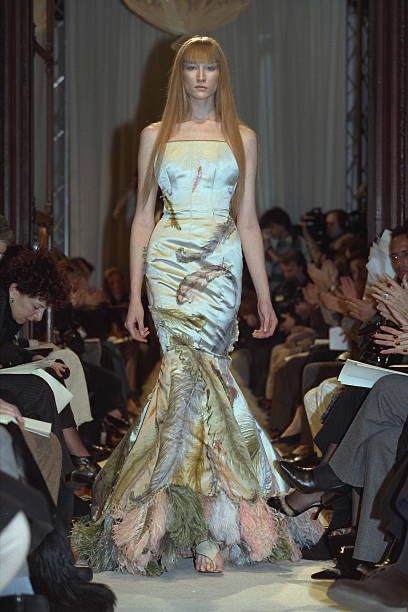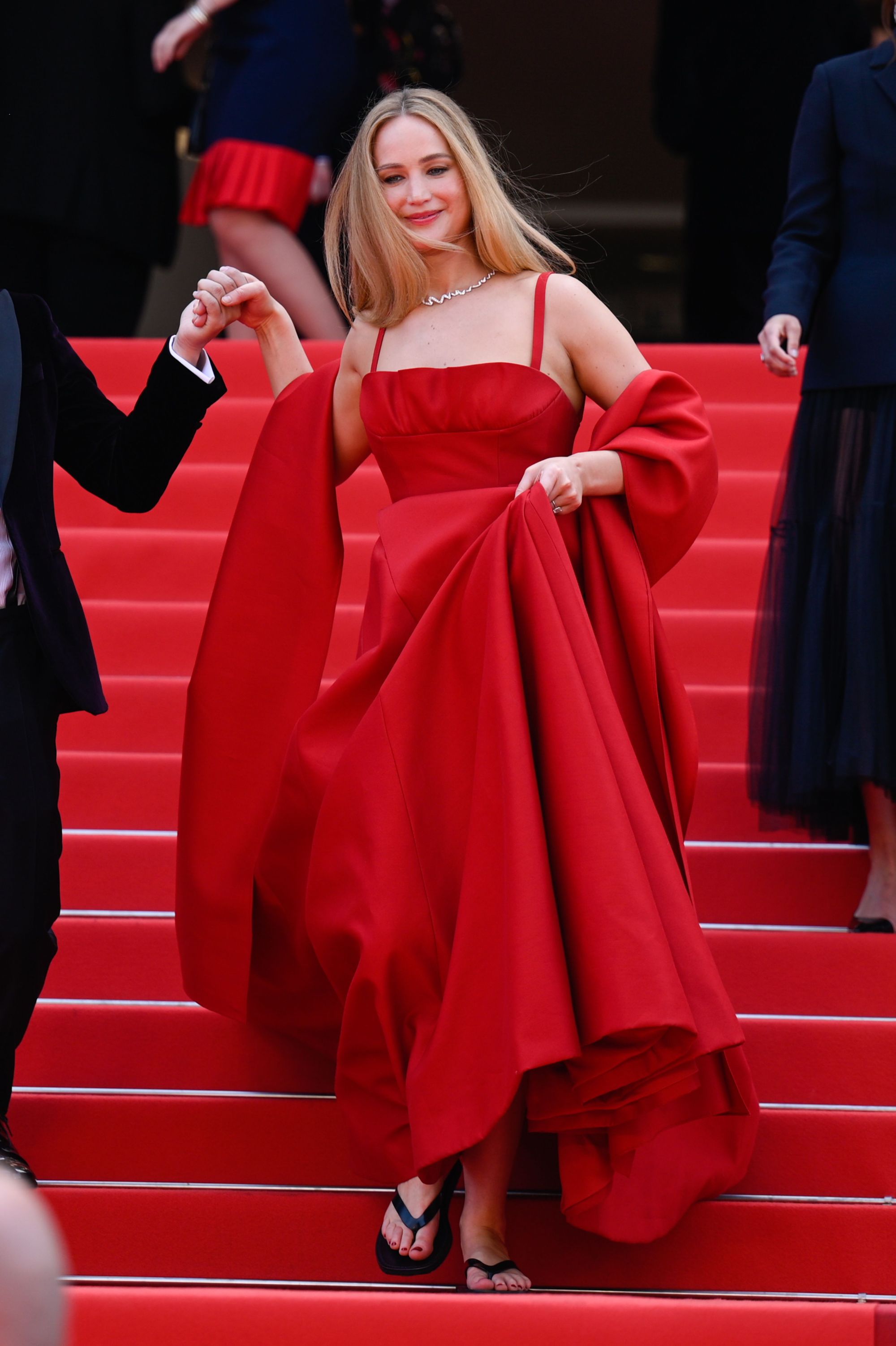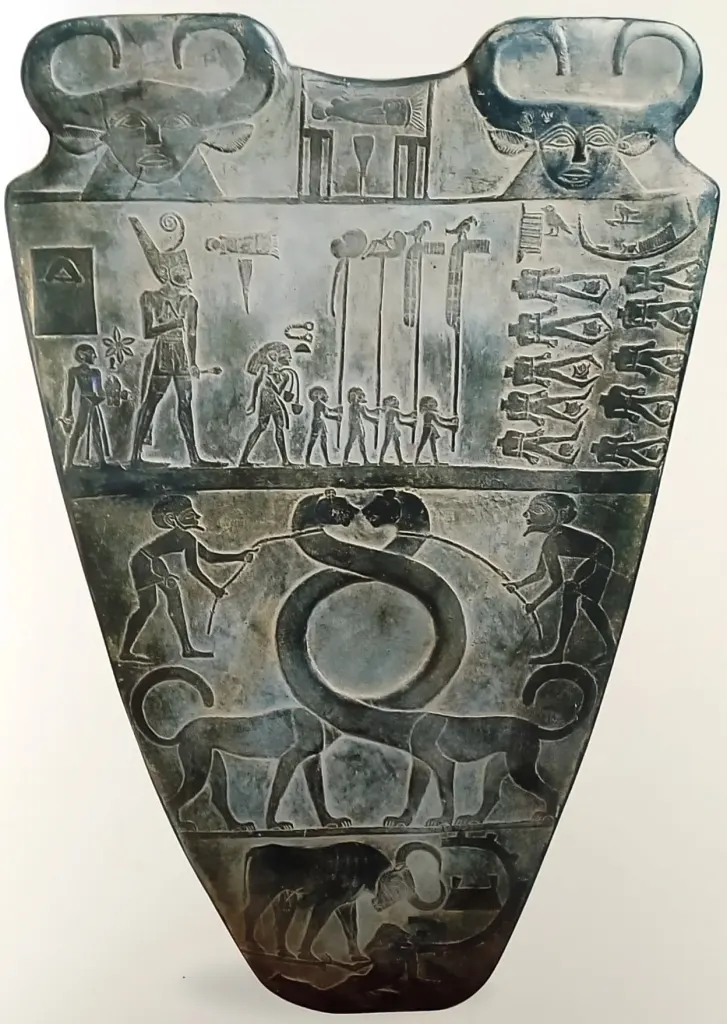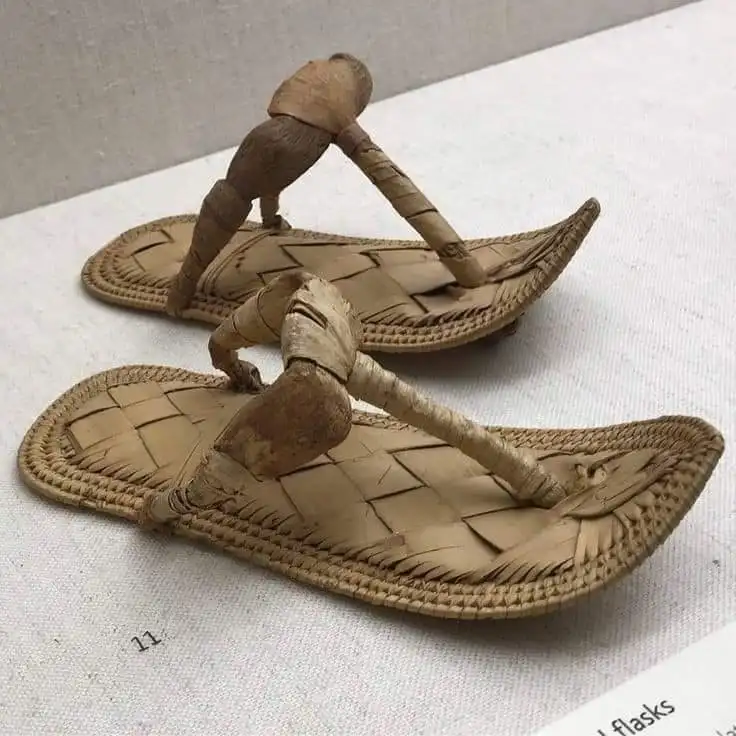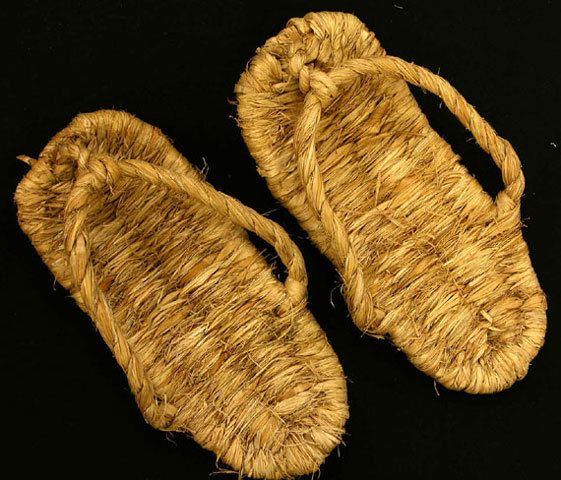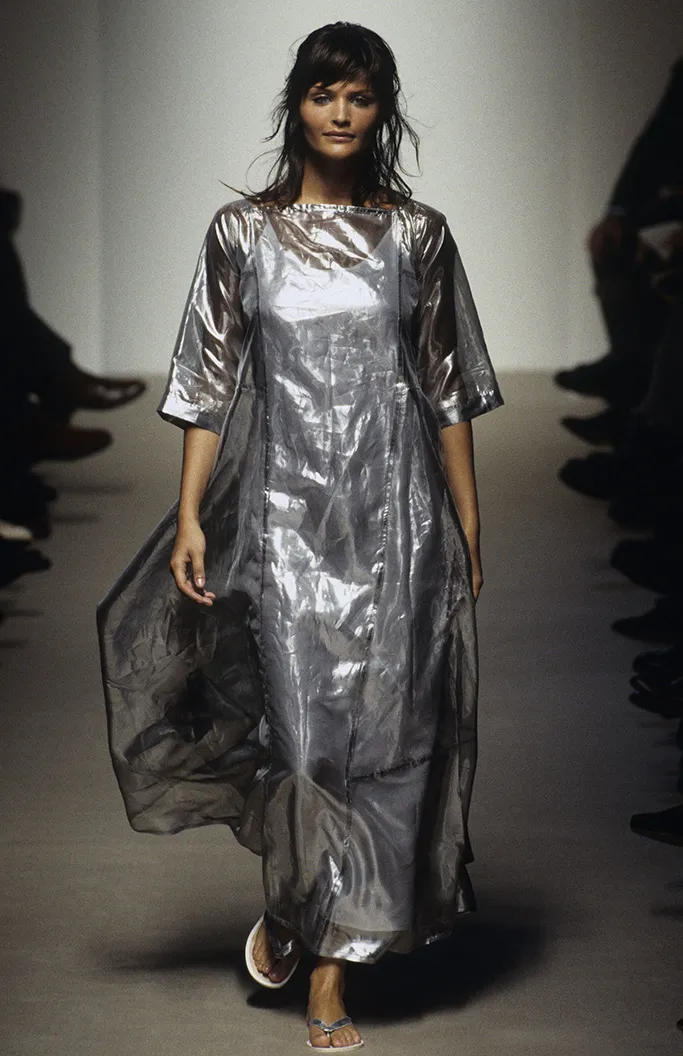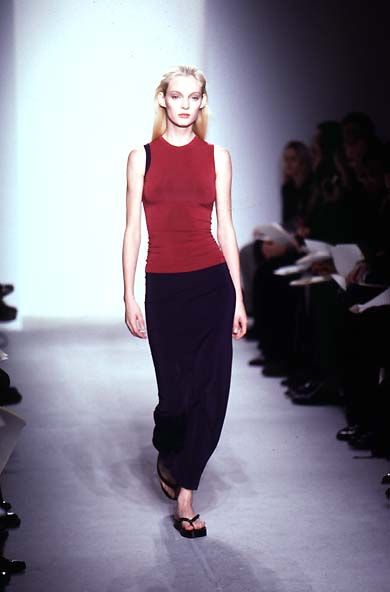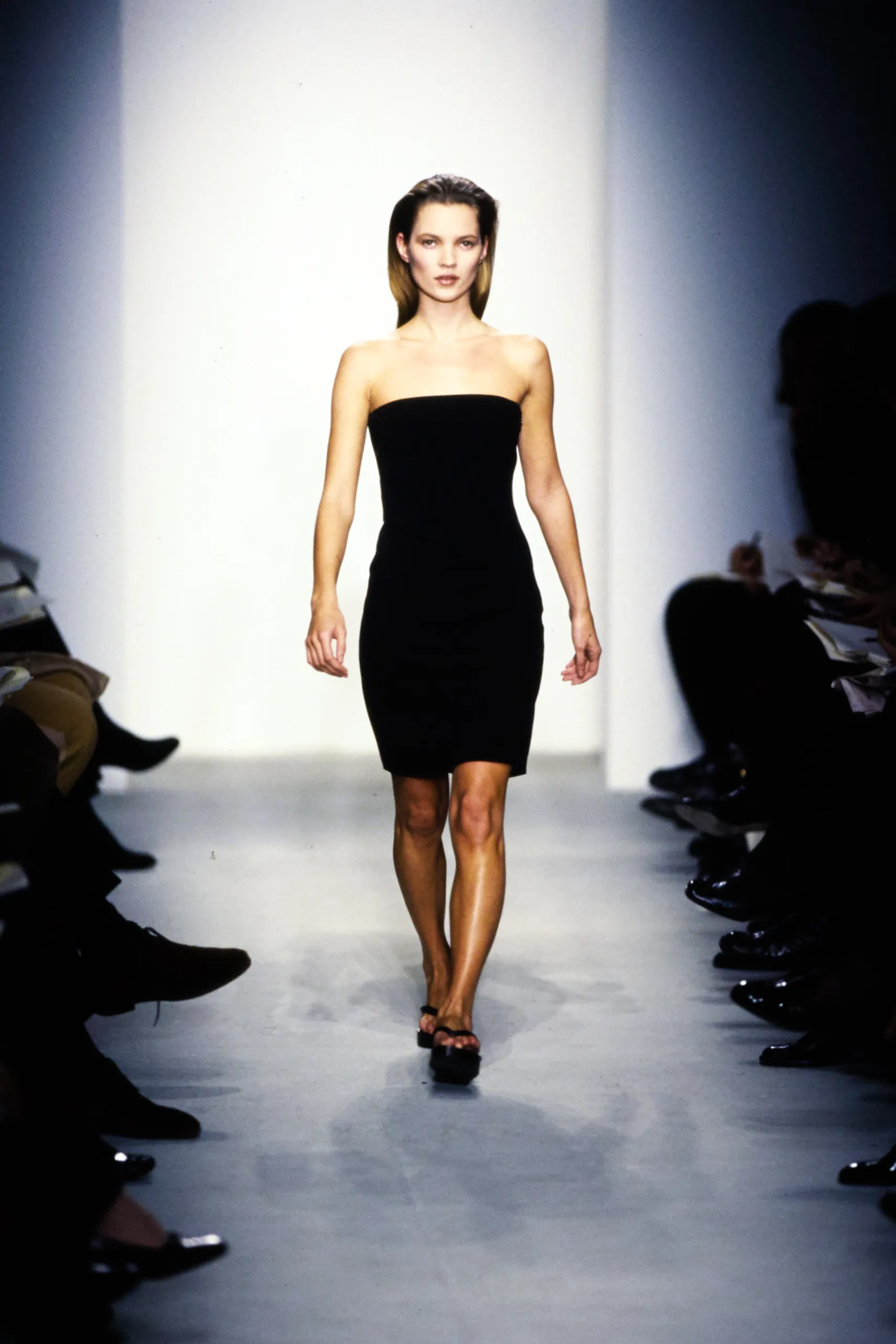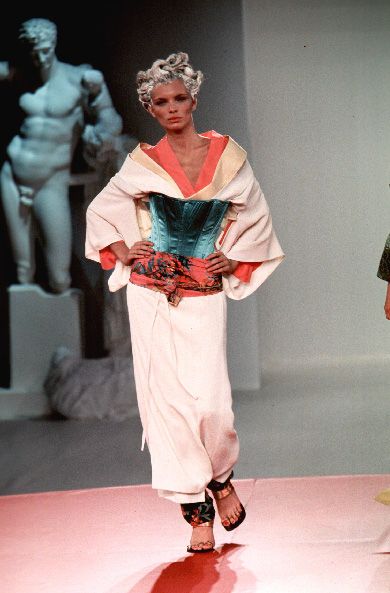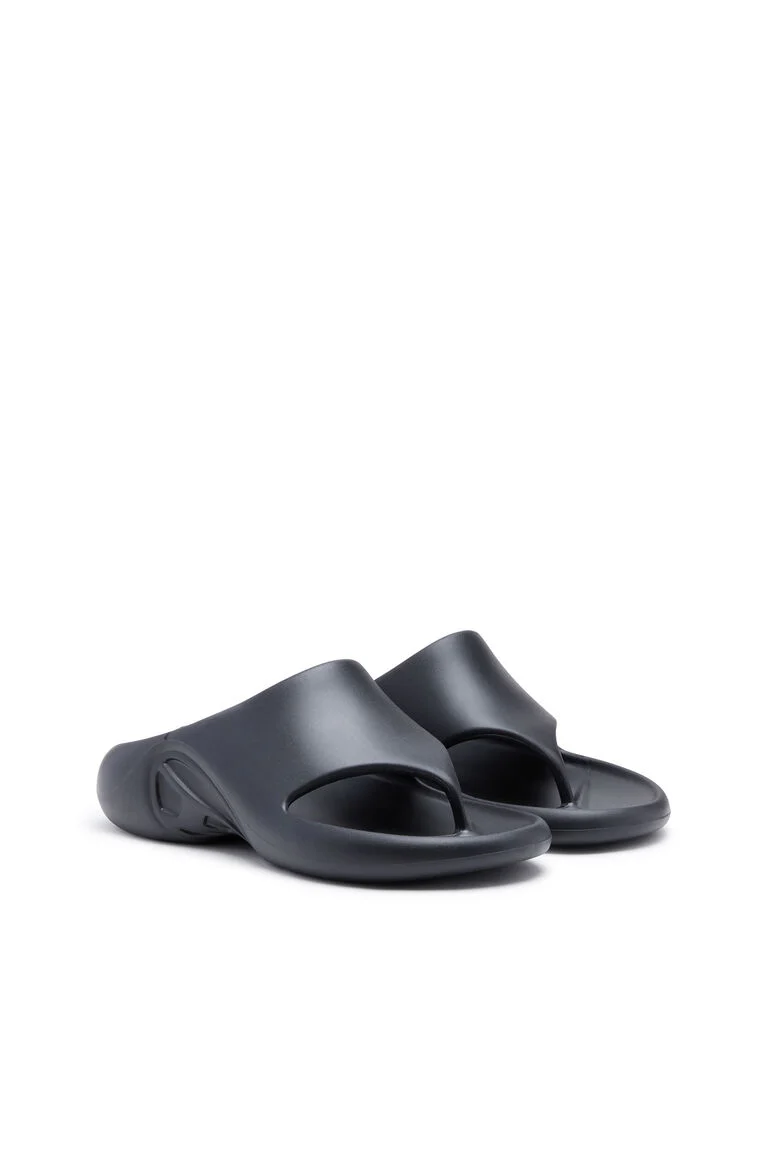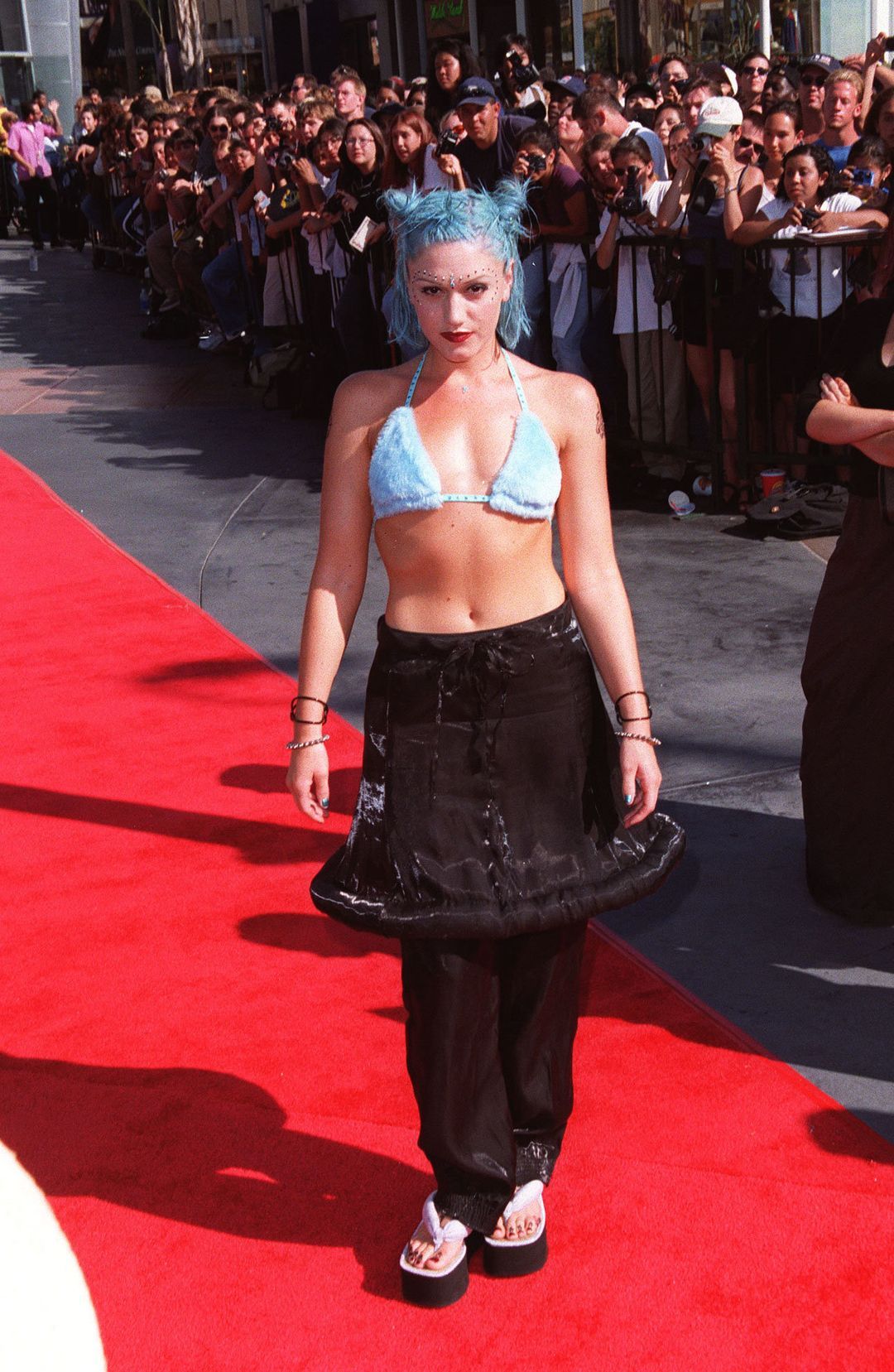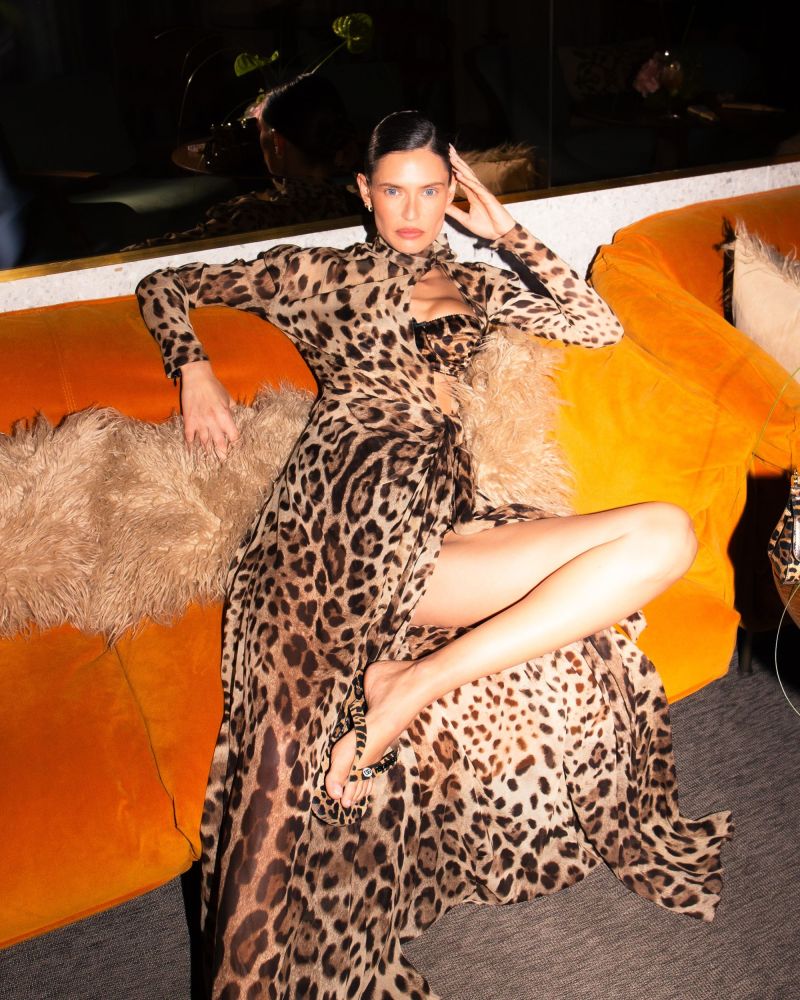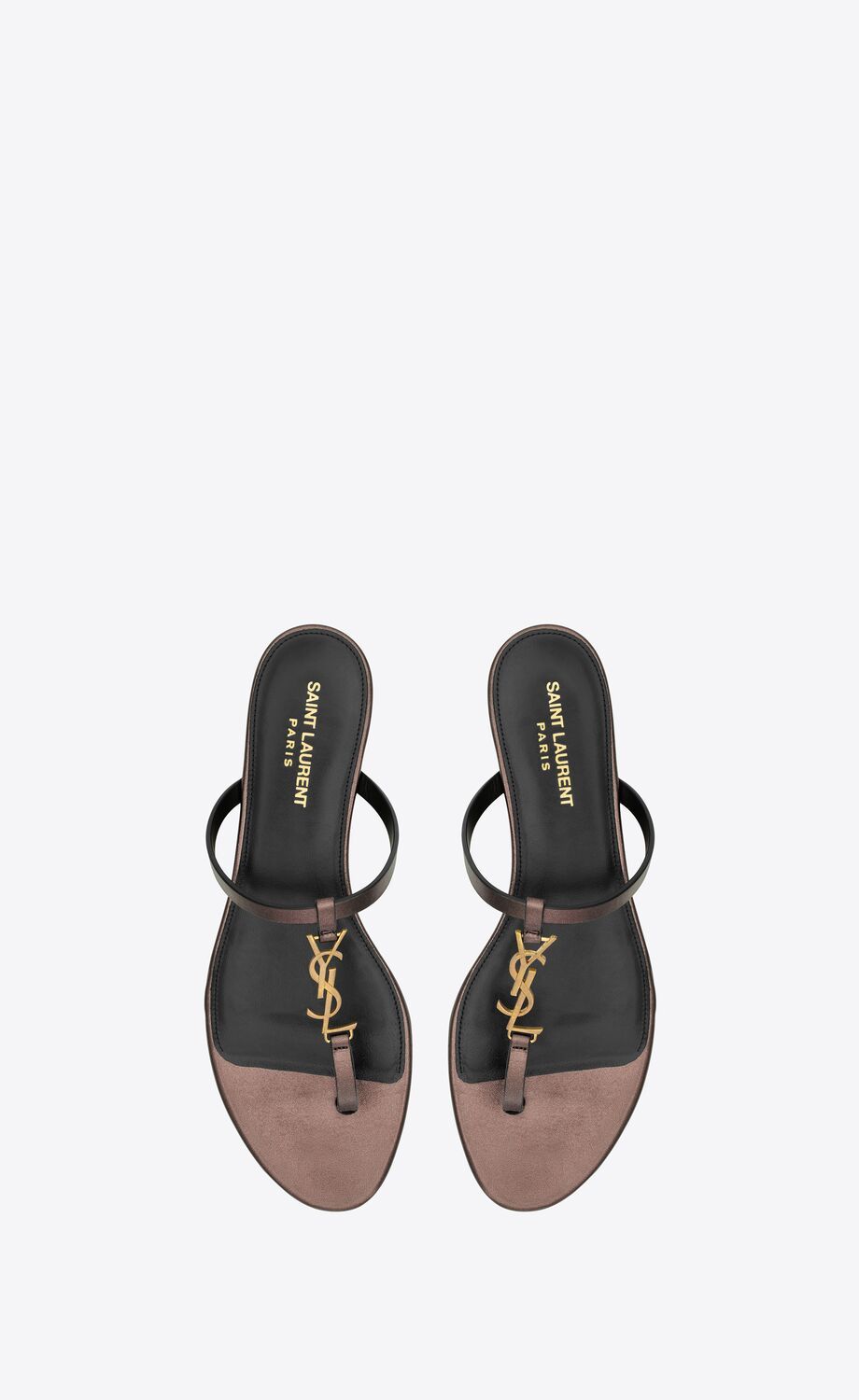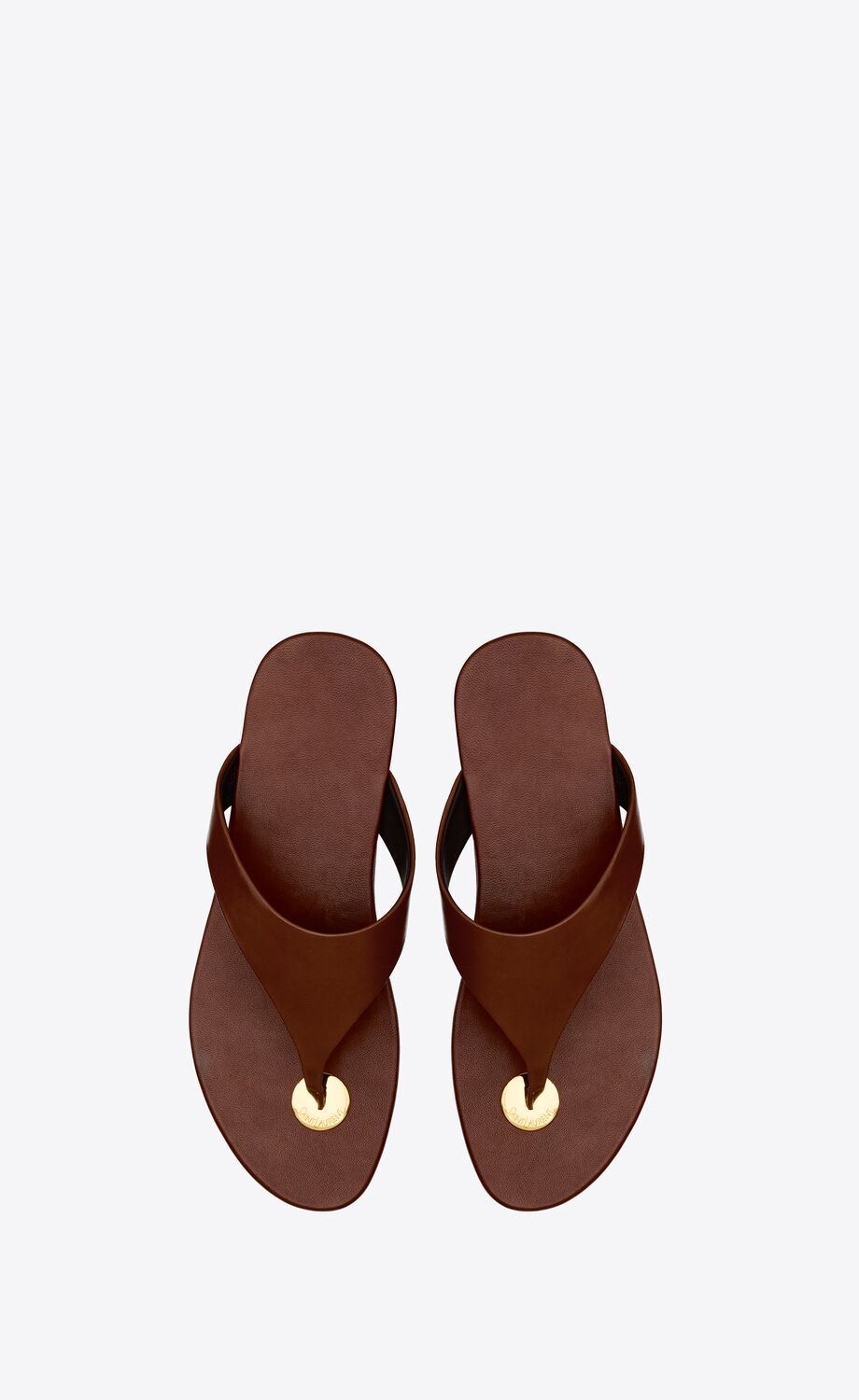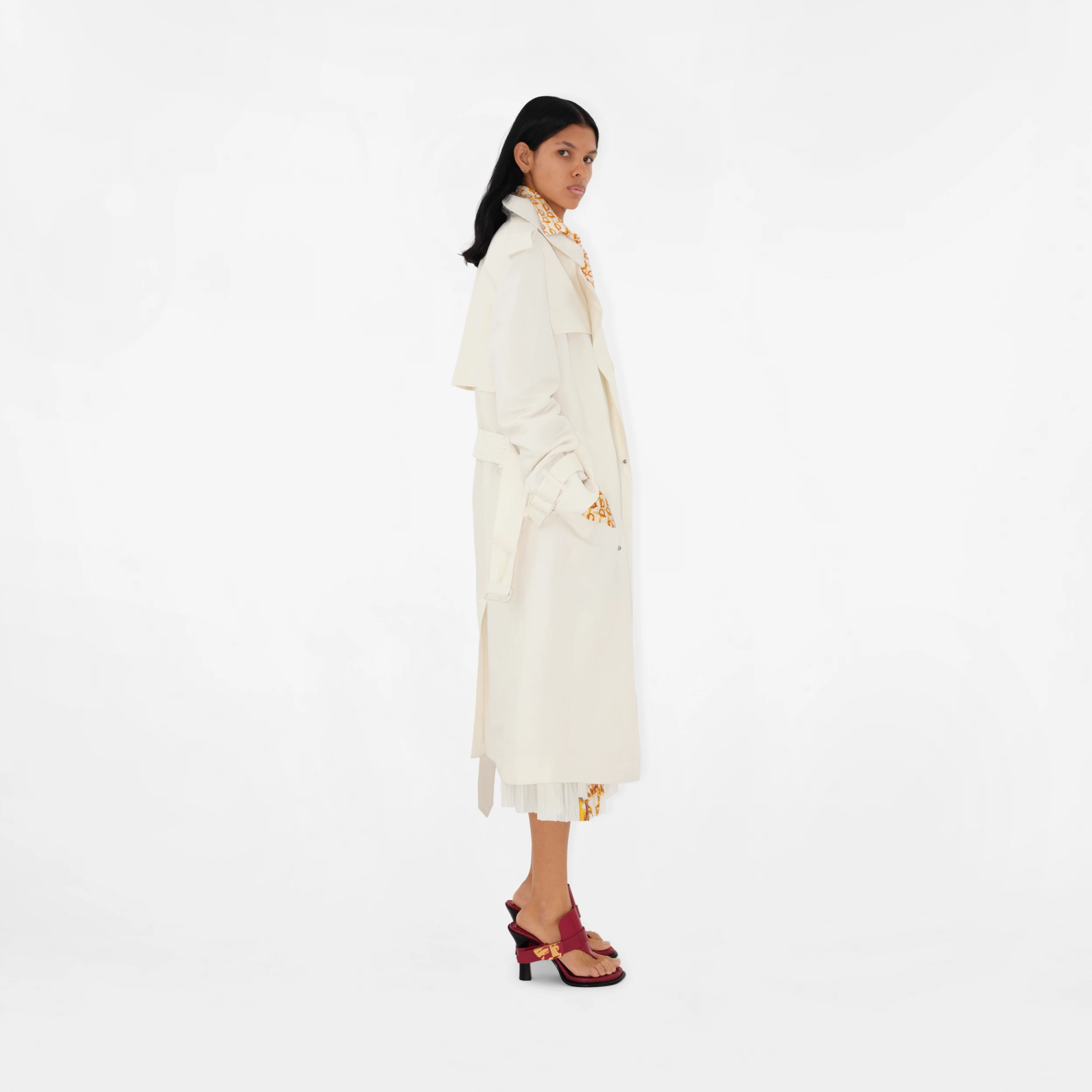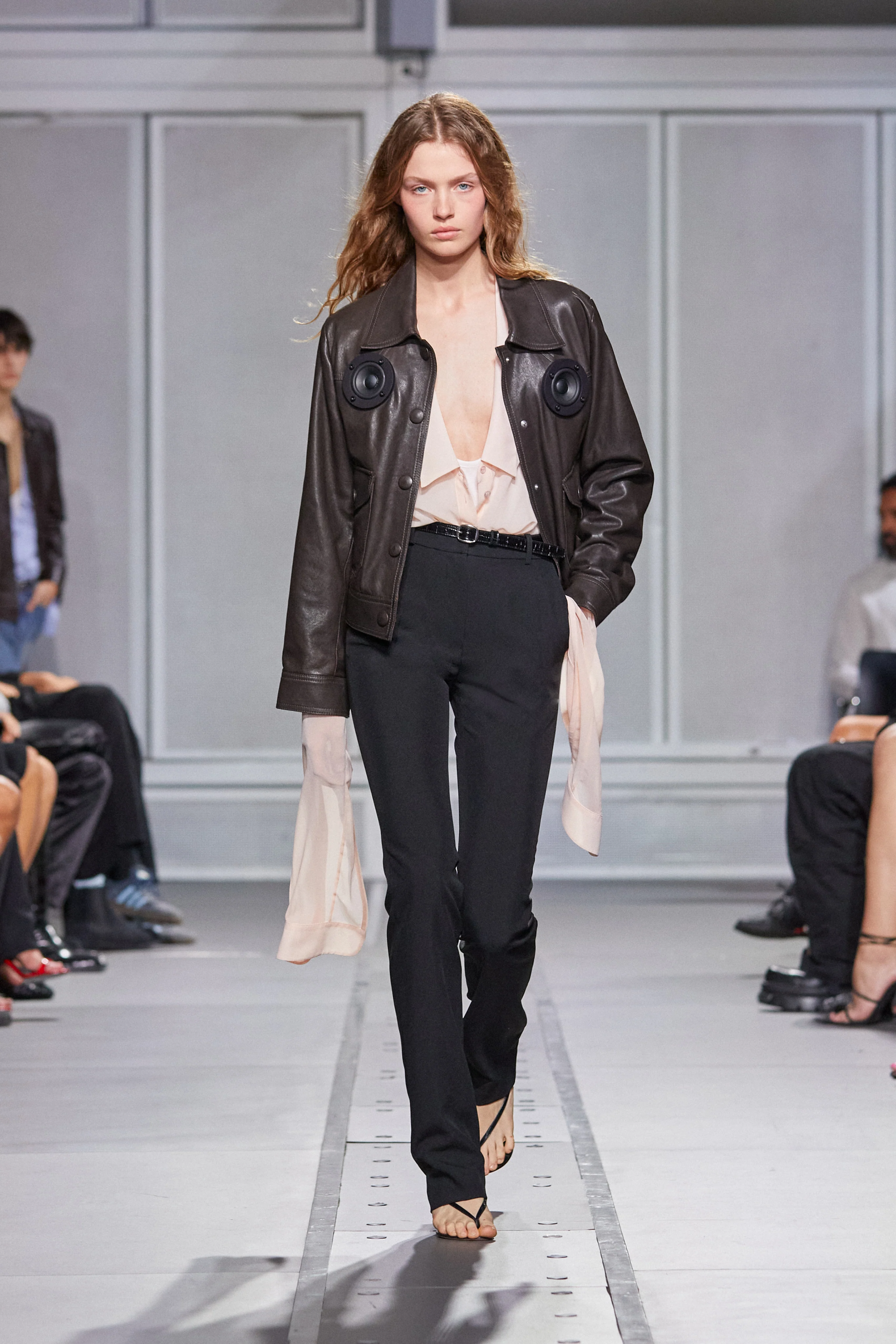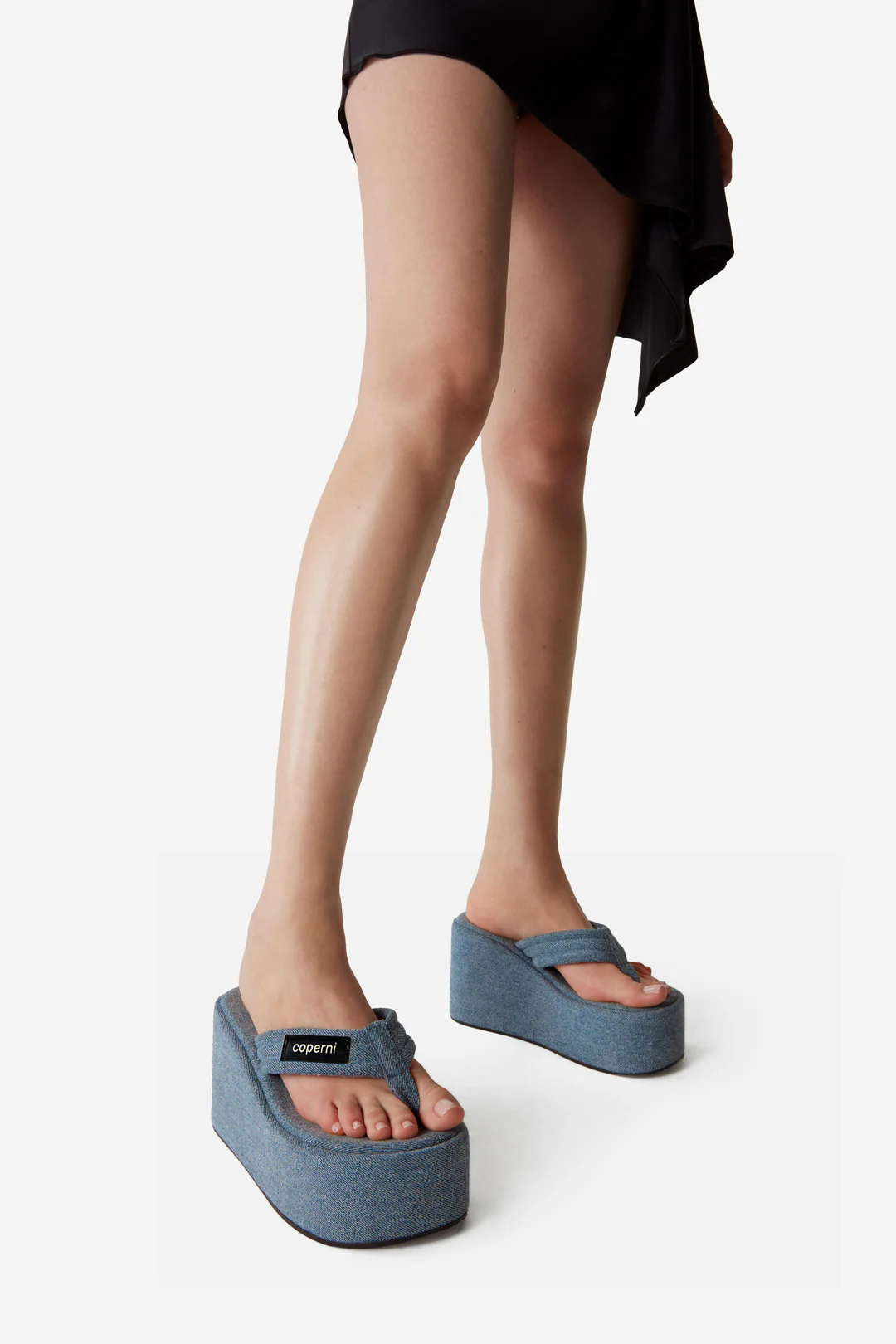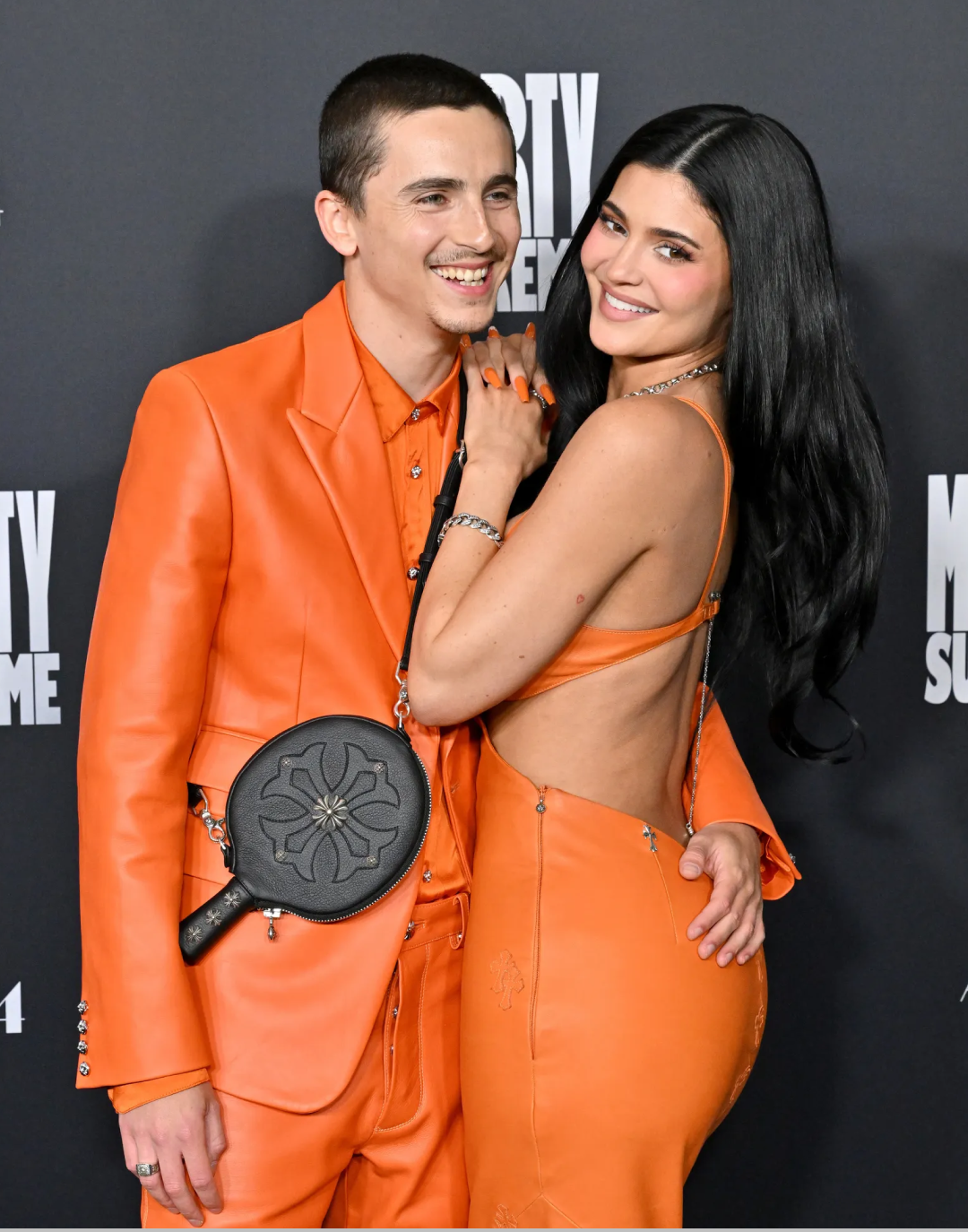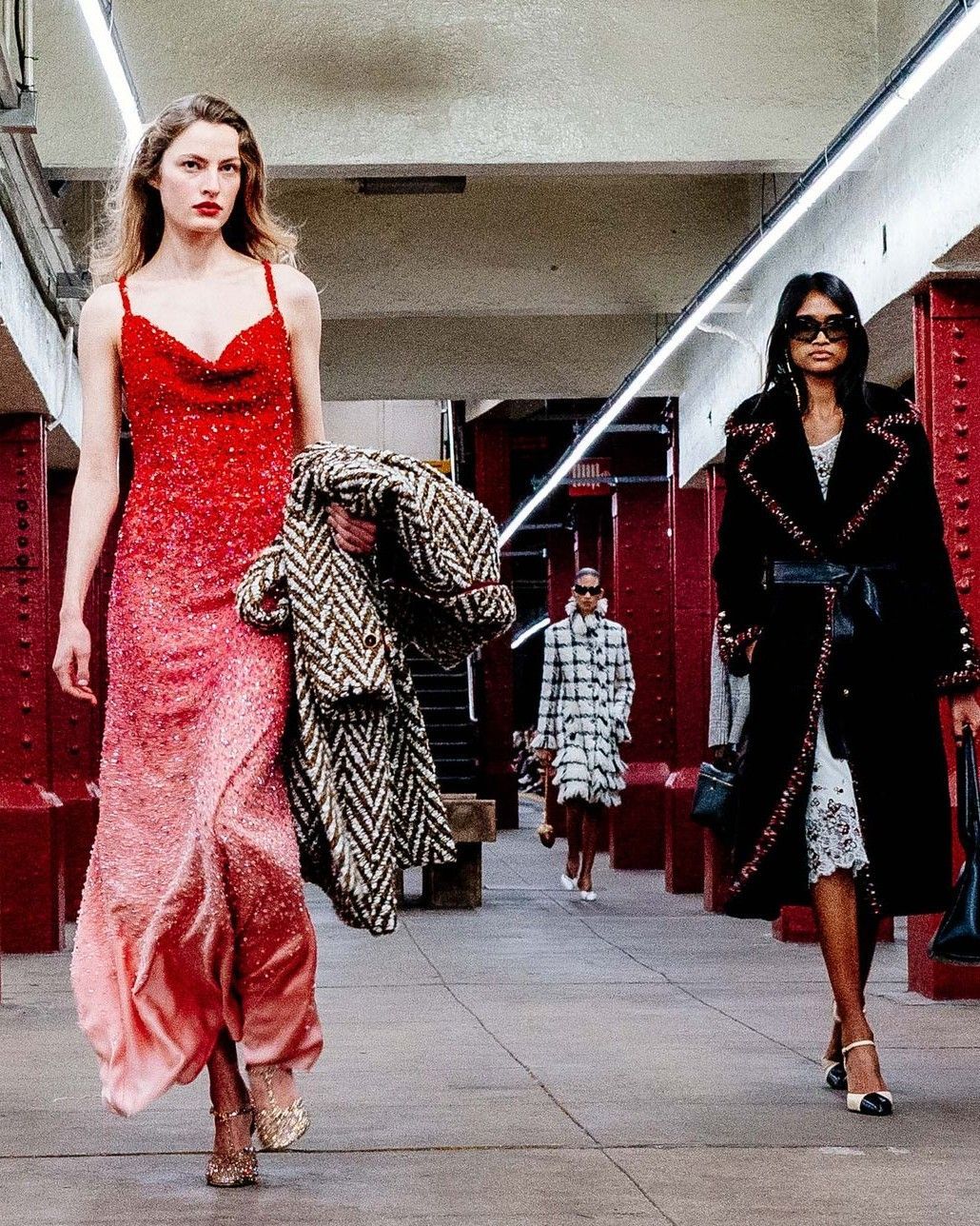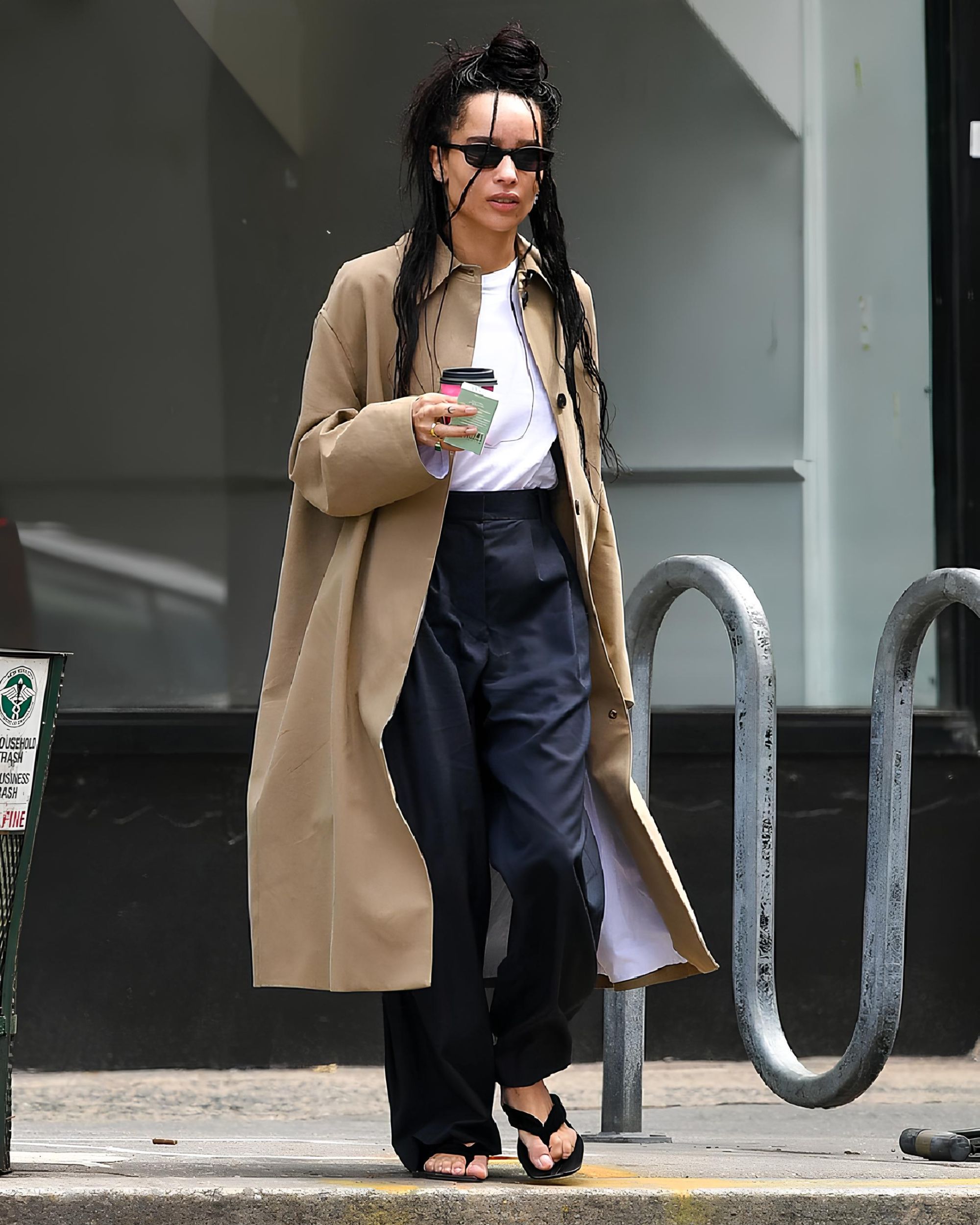
History and success of the flip-flop One of the most controversial urban trends
To inaugurate the start of summer, Havaianas released a collaboration with Dolce&Gabbana. The classic design of the Brazilian brand, with its rubber sole and name prominently displayed on the straps, has embraced the bold style of the Italian luxury brand, featuring animal prints and motifs inspired by Sicilian tradition. The collaboration has become the latest in a trend that emerged on the SS23 runways, which saw flip-flops reassert themselves as the footwear of the moment. Usually relegated to the beach or situations where comfort is preferred, the return of flip-flops reflects a long-standing change, a revolution that moves away from vertical-enhancing shoes in favor of functional models, with a consequent preference for flat shoes, from ballerinas to boat shoes, and ultimately, flip-flops.
The historical origins of flip-flops
According to some, flip-flops should be recognized as the first footwear in history. The first historical evidence of their existence dates back to ancient Egypt. On the Narmer Palette, dating to 3100 BC, the "sandal bearer" is depicted, a figure responsible for taking care of the sovereign's footwear, a social and symbolic significance as they separated him from the ground. On some soles, like those of Pharaoh Tutankhamun, enemies were even depicted so they could be metaphorically crushed by the sovereign's feet. In Tutankhamun's burial goods, about forty pairs of flip-flop sandals were found, from the simplest to those decorated with stones and other precious items. While the first Egyptian flip-flops were made of papyrus leaves and palm leaves, in other parts of the world, different materials were used: native populations of Mexico made them from Yucca leaves, the Masai people in Central Africa used animal skin, while in India they used wood. It was only with World War II that flip-flops gained global popularity, entering the US market and achieving stylistic homogeneity. After returning from Japan, American soldiers brought with them the traditional Japanese sandals known as zōri, made of rice straw or other natural fibers. During the golden age of American capitalism, the Brazilian company Alpargatas, which includes Havaianas, adapted the silhouette to the Western world, offering them in rubber and various colors. The name Havaianas, which in Portuguese means "from Hawaii or Hawaiian," also contributed to the rebranding, evoking the image of a seaside landscape and a relaxed atmosphere.
The success of flip-flops in pop culture
The 90s marked the fashion shift towards a minimalist style. Abandoning the volumes and eccentric prints of the previous decade, the end of the millennium reduced proportions, favoring monochromatic combinations in black and white. The runways featured elegant but sober designs following the philosophy of "Less is more", an aesthetic framework that immediately gained popularity for flip-flops even in fashion capitals. In 1993, in Milan, top model Helena Christensen walked for Jil Sander's Spring/Summer collection in a metallic dress and a pair of white flip-flops with a silver V-strap. A few years later, in 1996, Calvin Klein showcased platform flip-flops alongside visible lingerie and slip dresses, while in 1999, Jean Paul Gaultier introduced them at Paris Fashion Week, incorporating the V-strap and a heel. The trend quickly reached the red carpet: at the MTV Video Music Awards, singer Gwen Stefani wore a pair reminiscent of Japanese zōri, with a futuristic skirt over pants and a blue fur triangle top. And if one can't talk about 90s minimalism without mentioning the style of Gwyneth Paltrow, it's also inevitable to mention her look at the premiere of the Spanish film La lengua de las mariposas, when the actress appeared in black flip-flops under a long, wide black dress. By the 2000s, the footwear was everywhere, from Kim Cattrall AKA Samantha Jones and Kate Hudson on the set of Sex & The City to Y2K it-girl Paris Hilton, but also Kim Kardashian, who paired them with Juicy Couture velour tracksuits. Despite their notoriety and some attempts by fashion houses to incorporate them into high fashion, flip-flops remained primarily practical footwear, with some exceptions in the celebrity world. In 2005, when some members of the Northwestern University women's lacrosse team showed up at the White House in flip-flops, their meeting with President Bush became a media case. Some considered them inappropriate for the situation, others out of place, while some defended the choice as it recalled sportswear.
Flip-flops in fashion
In recent years, flip-flops have made a comeback thanks to a growing nostalgia for Y2K fashion. This footwear now offers greater versatility, adapting to contexts ranging from casual to formal. Evidence of this can be seen in collaborations between brands with diverse clientele, such as Havaianas and Dolce&Gabbana. Maria Fernanda Albuquerque, vice president of global marketing at Havaianas' parent company, Alpargatas, stated that the brand is currently riding a new wave of popularity. In the first quarter of 2024 alone, profits increased by 9% and sales by 3%. Contributing to this growth, besides the partnership with Dolce&Gabbana, were also collaborations with brands like Farm Rio and Maison Kitsuné. According to Trendalytics, this year searches for platform flip-flops have increased by 255%, while flip-flops with the so-called kitten heel, or low heel, have seen a 700% growth. Fashion houses that have capitalized on this trend include Chanel, which offered black flip-flops in velvet or cotton and silk with the double C logo in rhinestones, Miu Miu with a leather sandal with a river closure logo and a colorful V-strap, and finally Saint Laurent, with various versions—from suede leather flip-flops with a glittering strap, to leather sandals with a triangular upper and gold medallion, to T-strap sandals with a metal logo. For those nostalgic for last season's rubber sandals, the so-called "cloud sandals," Diesel offered them in black and white. Burberry also reintroduced verticality with a flip-flop featuring a heel, square toe, and a strap with an equestrian motif. Coperni did the same with the wedge and minimal heeled sandals, in shades of white, black, and green.










































